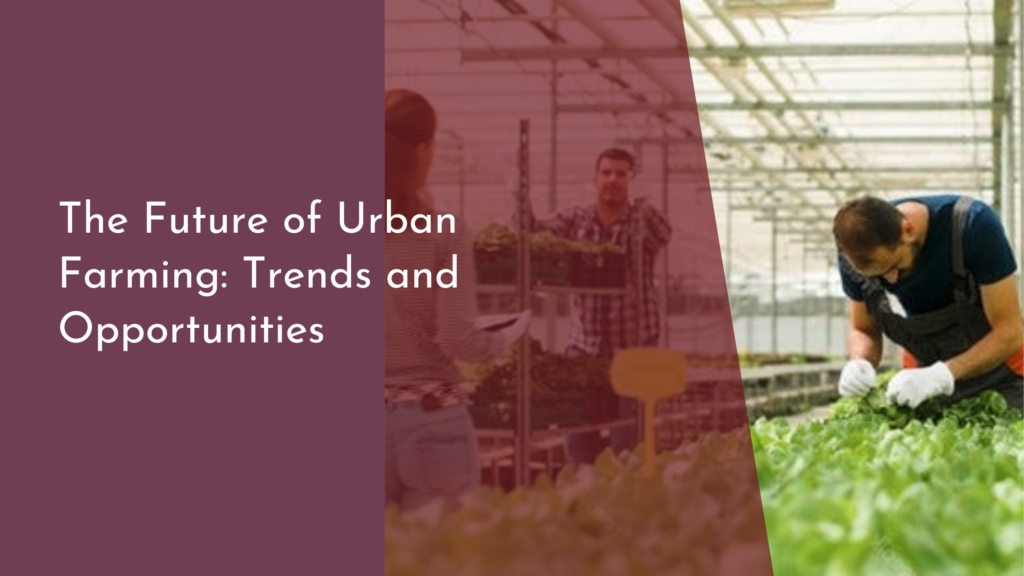Agroforestry for Sustainable Orange Cultivation
As the global demand for healthy and sustainable food sources continues to rise, agroforestry has emerged as a promising agricultural practice that harmonizes agriculture and forestry. This innovative method combines the cultivation of fruit trees, such as oranges, with other trees and plants to create a more resilient ecosystem. By integrating trees into citrus production, farmers can enhance yield, improve soil health, and promote biodiversity. The future of orange cultivation lies in embracing agroforestry as a method that addresses environmental challenges while delivering delicious and nutritious fruits to consumers around the world.
Embracing Agroforestry: A Bright Future for Oranges
Agroforestry offers a fresh perspective on orange cultivation by promoting a symbiotic relationship between various plant species. This approach allows orange trees to thrive alongside other trees and crops, optimizing land use while providing multiple harvests. By diversifying their farming systems, producers can enjoy financial stability and reduce the risks associated with monoculture, such as pest outbreaks and crop failures. This holistic view of agriculture fosters resilience in the face of climate change, ensuring that orange orchards can weather fluctuations in temperature and precipitation.
In addition to increasing productivity, agroforestry practices can help combat land degradation and deforestation. Farmers who adopt these techniques often witness improved water retention and reduced soil erosion, as tree roots anchor the soil and create a more stable environment for orange cultivation. This not only benefits the farmers but also contributes to a healthier planet, as trees play a crucial role in carbon sequestration and maintaining biodiversity. With a brighter outlook for sustainable orange cultivation, agroforestry is undoubtedly a promising path forward.
The Benefits of Combining Trees and Citrus Cultivation
Integrating trees into orange orchards leads to numerous ecological advantages. For instance, the shade provided by larger trees can help reduce heat stress on orange trees, promoting better fruit development and quality. Additionally, the presence of diverse plant species creates a habitat for beneficial insects and pollinators, leading to increased pollination rates and ultimately higher yields. This interconnected system fosters a balanced ecosystem where plants support one another, enhancing overall productivity and sustainability.
Furthermore, agroforestry can offer financial benefits for farmers. By cultivating a variety of plants and trees, farmers can tap into multiple revenue streams, thereby diversifying their income. For example, planting nitrogen-fixing trees can improve soil fertility, reducing the need for costly fertilizers. The production of timber or non-timber forest products alongside oranges can provide additional economic stability. Embracing such a multifaceted approach can transform traditional orange farming into a more lucrative and sustainable enterprise.
Sustainable Practices: Nourishing Soil and Ecosystems
Agroforestry emphasizes sustainable farming practices that prioritize soil health and biodiversity. By incorporating organic matter through cover crops or mulching, farmers can enhance soil structure, moisture retention, and nutrient availability. These practices not only support orange trees in their growth but also promote a thriving ecosystem that benefits all plant and animal life. Healthier soil leads to stronger plants, which are more resistant to pests and diseases, reducing the reliance on chemical pesticides.
Additionally, agroforestry systems often incorporate agroecological practices that further enhance sustainability. Farmers may use crop rotation, intercropping, or companion planting alongside their orange trees to promote natural pest control and improve resilience. By fostering diversity in their fields, farmers create a more balanced environment where pests are kept in check by their natural predators. This harmonious approach not only benefits the economic viability of orange production but also contributes to environmental conservation and biodiversity.
Success Stories: Thriving Orange Orchards Worldwide
Around the globe, numerous success stories showcase the benefits of agroforestry in orange cultivation. In regions like Brazil, innovative farmers have adopted multi-layered agroforestry systems by planting orange trees alongside native timber species and understory crops. This approach not only boosts orange production but also enhances local biodiversity and provides additional income from timber and fruits. Many farmers report increased resilience against climate variability, allowing them to thrive even in challenging conditions.
Similarly, in Mediterranean countries, farmers are incorporating olive trees and citrus fruits into their orchards, creating a diverse agroecosystem that maximizes land use. The combination of these crops has allowed farmers to reduce water usage and enhance soil quality, resulting in robust and healthy orange trees. These success stories highlight the potential of agroforestry to transform traditional agricultural practices into sustainable and profitable ventures, inspiring more farmers worldwide to embrace this innovative approach.
In conclusion, agroforestry represents a bright and sustainable future for orange cultivation. By integrating trees and diverse crops, farmers can enhance productivity, improve soil health, and promote biodiversity. The success stories from around the globe demonstrate the viability of this practice, showcasing how it can lead to increased resilience in fruit production while benefiting both the environment and local economies. As we move towards a more sustainable agricultural landscape, embracing agroforestry will play a vital role in ensuring that our beloved oranges continue to thrive for generations to come.


